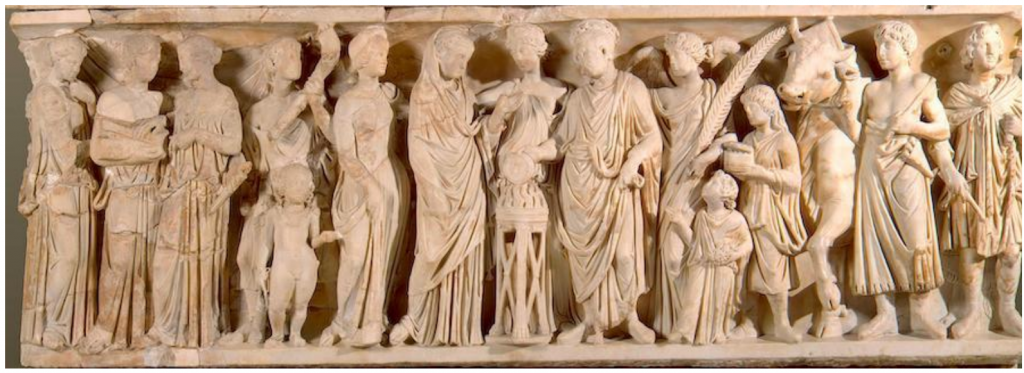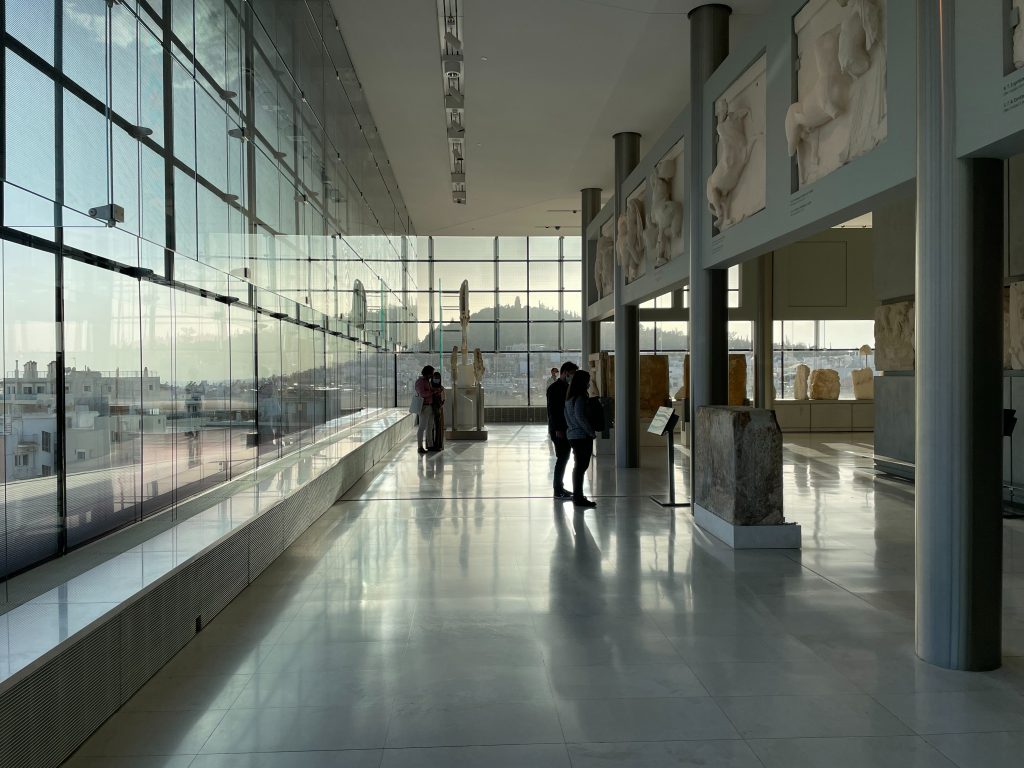There was an interesting discussion on Threads last week, which is not something I thought I’d write in a hurry. While the platform formerly known as Twitter is always a raging hotbed of edu-controversies, Threads has remained to date extremely civilised, largely because nobody is saying anything on there most of the time. Last week, however, an Assistant Principal whom I follow on both platforms made the following remark: “Talking to a friend about this the other day and didn’t realise there were such polarised views about this. Are pet names ok in school? As in, is it ok to saying ‘what’s happened, my lovely/darlin/poppet?’ to a pupil?”
The responses were diverse and sometimes extreme, with one teacher even suggesting that pet names “made their skin crawl” and claiming “it’s inappropriate and creepy. I’d be horrified if someone in a position of power used such a term to me so kids deserve the same respect.” Hmmmm, I thought. Are pet names really such a problem?
A more nuanced view followed: “I find it grates a bit for me when I hear it so I’m not keen but that doesn’t mean I think it’s a major issue. I do think it’s one of those things where the appropriateness probably depends on the member of staff/the pupil/ the context and those things aren’t always easy to judge.”
Always up for a debate, I waded in and pointed out (alongside others) that regional variations are without a doubt something to be considered before we form the view of “definitely unacceptable”. Pet names – and indeed, particular examples of pet names – are used far more in certain regions of the UK than in others. Personally, I cling to the idea that teachers, while they should always be professional, should also be themselves. If terms of endearment are part of a teacher’s vernacular then I would think it only natural for them to use them in certain contexts, wherever they live now. Students need to learn about such things after all; regional variations in vocabulary, accent and phraseology are a part of our diversity.
One of the many elephants in the room best to address head-on is what I say to a child in my position as a middle-aged woman is perhaps not what I would choose to say were I a man or perhaps even a younger woman. Once you’re in the same bracket as “mum” or (hideous to admit but increasingly undeniable) “nan” for the majority of students, most of your words are automatically assigned a kind of maternal, non-threatening tone. Something I have thought about considerably in recent years is that if I am going to use endearments then these should be shared out equally to the boys as well as the girls. It was pointed out to me a few years ago, to my considerable shock, how differently adults tend to speak to boys compared to girls and it is something I have worked on ever since. Both boys and girls seem to me to actually rather like terms of endearment, when used in the right context and in the right way.
Context is everything. Terms of endearment can of course be used to patronise and silence individuals, particularly women, and I am certainly not going to make a case for them being appropriate in all fields. It would not, for example, be appropriate for a male Member of Parliament to tell a female member to “call down, love”, although the tone of certain cabinet ministers has indeed got dangerously close to this threshold a number of times. In teaching, however, I do not believe that assuming a parental tone with children is inappropriate. In addition, my desire to remain sensitive to regional variations is more important to me than preaching any kind of universal language. Despite being a passionate feminist, I have never thought it appropriate or indeed desirable to kick off at every London cabbie that calls me “love” or every Geordie that calls me “pet” as – to be frank – I would argue that doing so would demonstrate more ignorance on my part than the use of such terms is claimed to indicate on theirs. We live in a rich and diverse society, where language means different things to different people, and we should all be thoughtful and grown up enough to deal with this without getting an attack of the vapours every time we venture outside our own close-knit social milieu.
As many people pointed out in the discussion, tone is crucially important. A term of endearment is, in my opinion, a nice thing. If endearments are a part of one particular teacher’s vernacular then I think that’s fine, so long as those endearments are used consistently with lots of different students and are not used to patronise, denigrate or control others. In my 21 years of teaching, I have never heard this to be the case. Teenagers, it seems to me, often stop being spoken to in such a way as they age, and it is actually something of a shame; adults tend to assume they don’t like affectionate terms (probably because so many teenagers do spend a lot of their time bristling and shrugging them off) but actually they crave our attention and our affection more than we know.
My view would be that if endearments come naturally to someone, I would not discourage them actively from using them in schools, so long as they are used fairly and genuinely. While professionalism and boundaries are crucially important, we should not be losing our individuality or indeed our humanity in the name of this.







